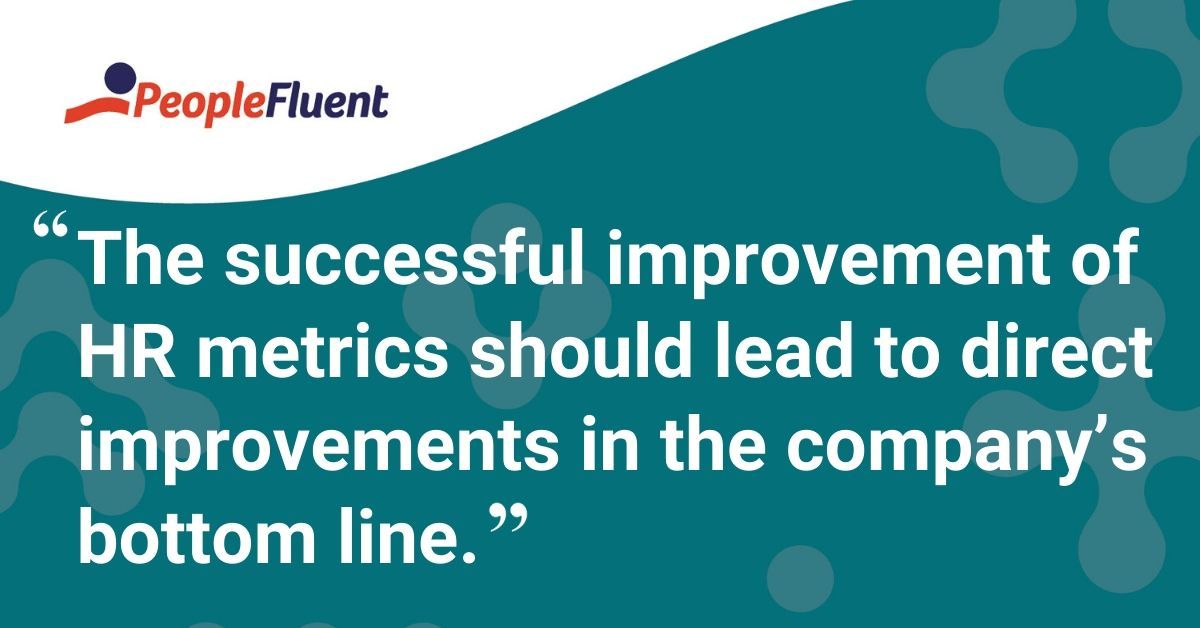Published: Jul 31, 2012Time to read: 3mins Category: Insights
Strategic HR Metrics: Turn Your HR Efforts Into a Competitive Advantage
HR organizations should focus time and efforts into HR metrics on the human capital component of their business's overall goals, like onboarding and candidate sourcing. Metrics are critical if HR professionals are going to have a strategic impact—not just on the recruitment function. In this blog post, we look at strategic HR metrics and how to turn your efforts into a competitive advantage.
There's an old story about a chalk mark on a factory floor that sparked improvements in productivity. It goes something like this:
The morning shift came to work to discover a chalk number on the factory floor. The workers stood around for a few minutes until they arrived at a conclusion as to what the number represented. They realized that the number represented the previous shift’s production quantity.
Additionally, it represented a challenge to the morning shift to show that they could do better. It didn’t take long for the morning shift to rise to that challenge and eventually post their slightly better performance mark on the floor of the factory.
There are several lessons that can be taken from this simple story:
- The benefits of visual management
- The value of competition to spur improvements
- Data-driven excellence
- The benefits of teamwork

Keep reading: 'Preparing Employees to Run on Your Fast Track: 10 Onboarding Best Practices'
What Are Your HR Measures?
All too often, HR organizations get caught up in measuring HR’s transactional efficiency (time to fill, cost per hire, and cost to onboard a new employee). But rarely, if ever, is an HR transactional metric going to lead to a strategic advantage for a business. HR metrics should focus on the human capital component of the business’s larger strategic goals. Metric linkage is critical for HR to have a strategic impact.
Put another way, the successful improvement of HR metrics should lead to direct improvements in the company’s bottom line.
Implementing an HR measurement strategy is a key component of transforming the HR department into a competitive advantage. A Bersin & Associates report shows that HR units that use measurements strategically improve efficiency by 19%. This kind of improvement is affected through the direct linkage of HR measurement to the strategic goals of the organization. The chain should follow this path:
- Company strategy, supported by…
- HR strategy, supported by…
- HR investment in people, tools and processes, measured by…
- Metrics tied directly to strategic goal achievement.

Recommended reading to download today: '5 Recruiting Metrics that Drive Business Value'
Measuring to impact strategic change is accomplished by remembering the “big picture” goals for the organization. With the right goals in mind, linking the goals to metrics can be simple.
In fact, it can be as simple as a chalk mark on the floor.
Discover How Recruitment Lets You Find the Right People—Fast
PeopleFluent helps you fill critical roles with the right people and the right skillsets on a global scale. At the same time, it helps you build your employer brand and sharpen your competitive edge.